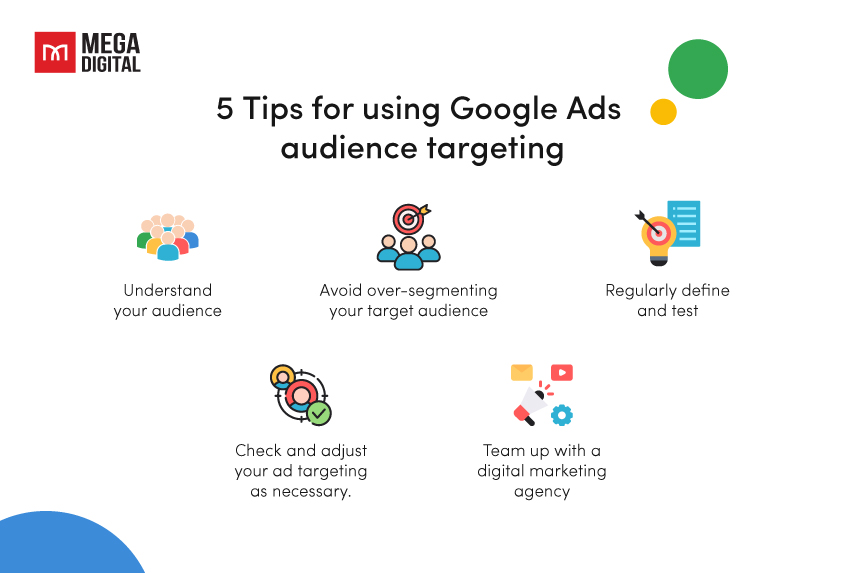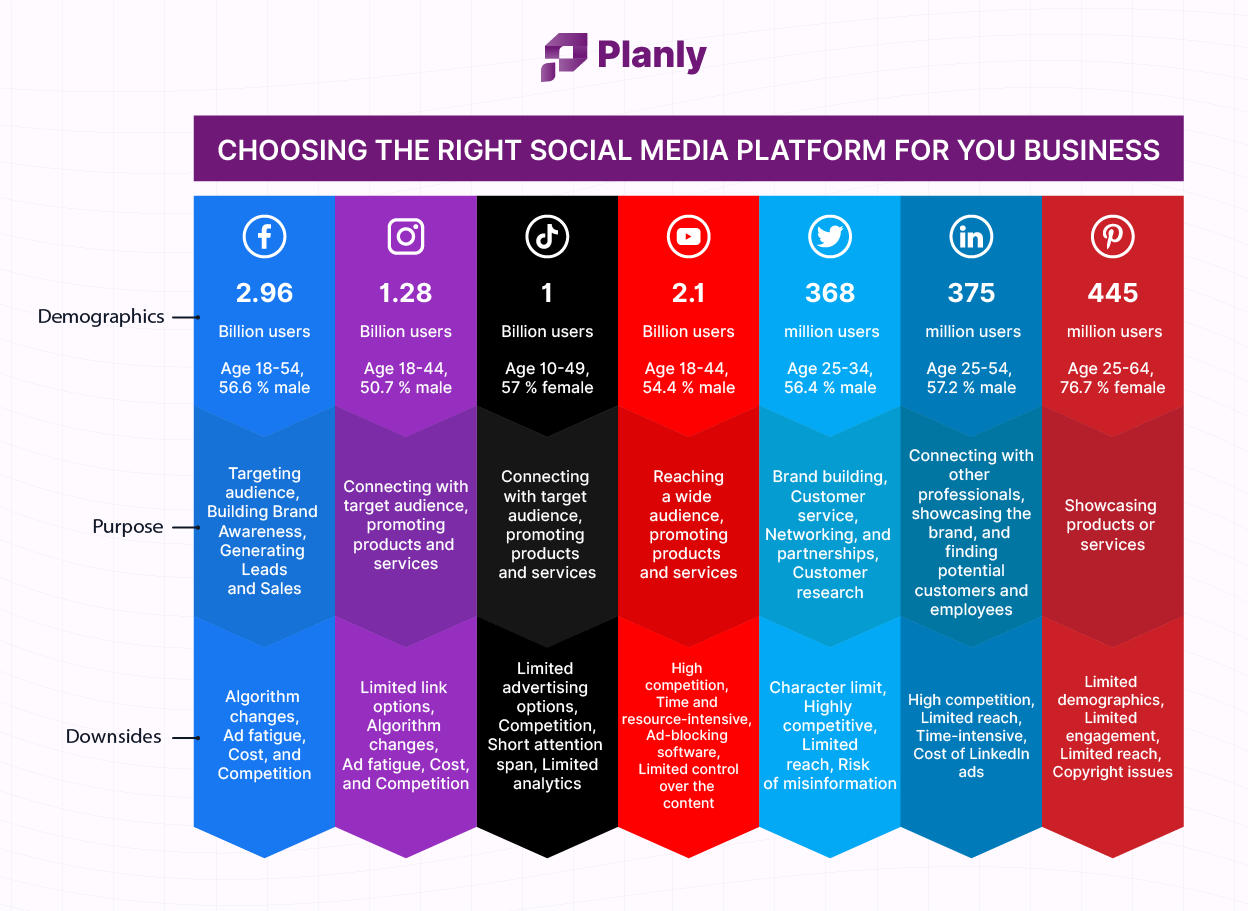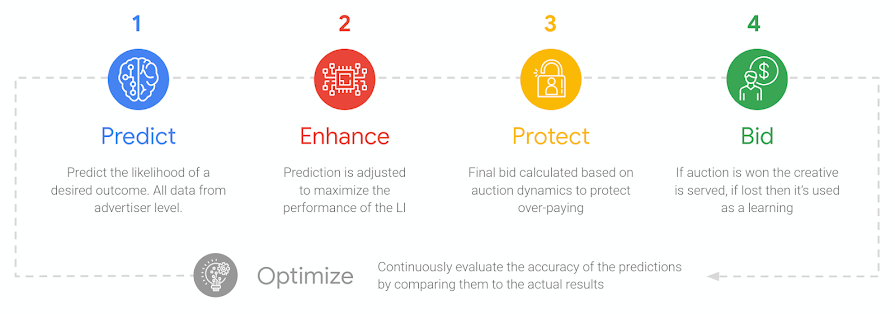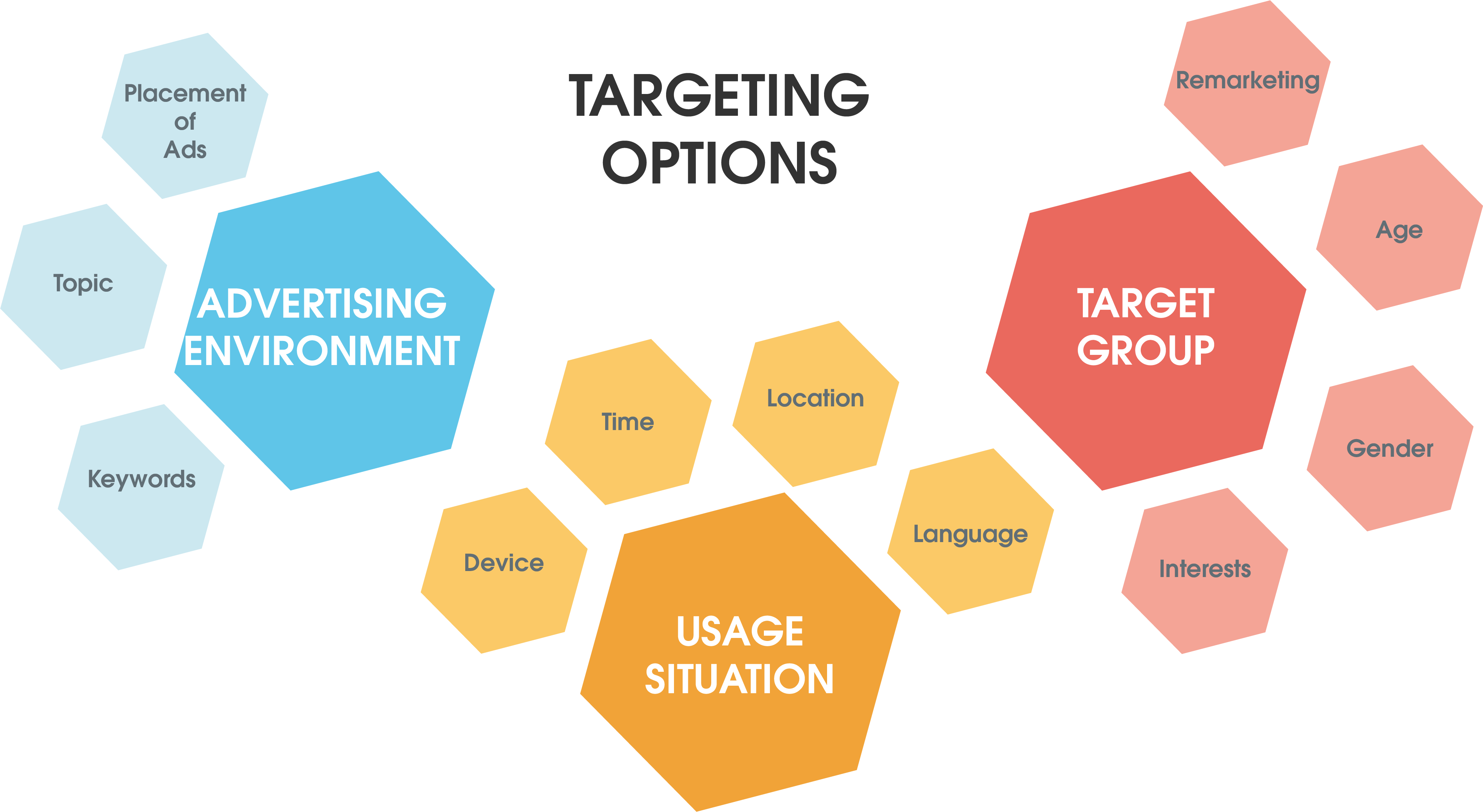Mastering the Art of Crafting a Pay Per Click Campaign For A Countertop Company: A Step-by-Step Guide
The number one way to craft a successful pay-per-click (PPC) campaign for a countertop company is to launch full-funnel ad campaigns. In the digital age, where consumers turn to search engines to find the best services and products, mastering the art of crafting an effective Pay-per-click (PPC) campaign has become essential for businesses seeking visibility and growth. For a countertop company, where competition can be fierce and the need to showcase quality and uniqueness is paramount, a well-executed PPC campaign can make all the difference. This step-by-step guide is designed to help countertop businesses navigate the complexities of PPC advertising, from understanding the fundamentals to implementing advanced strategies. Whether you’re aiming to drive traffic, generate leads, or boost sales, this guide will equip you with the knowledge and tools necessary to create a compelling and cost-effective PPC campaign that stands out in the marketplace.
Click on each corresponding link to jump ahead:
- Define The Goals For Your Countertop Google Ads
- Know Your Countertop Customer
- Choose the Right Ads Platform
- Countertop Keyword Research
- Create Compelling Countertop Ad Copy
- Design Engaging Countertop Ad Creative
- Set Budget & Bidding Strategy
- Configure Countertop Targeting Options
- Monitor & Optimize Performance
- Implement Conversion Tracking
- Conclusion
For more information on starting your own Pay Per Click Ad Campaign for your company, Contact Us.
1) Define The Goals For Your Countertop Google Ads

Source: VitalDesign
Before diving into the intricate details of marketing creation, it's crucial to establish clear and measurable objectives. Are you aiming to increase website traffic, generate leads, or drive sales? Understanding your primary goal will help determine the key performance indicators (KPIs) you should track, such as click-through rates (CTR), conversion rates, or return on ad spend (ROAS). Do you have the skills, or would it be helpful to enlist the expertise of a PPC agency? Collaborating with professionals can provide insights and optimizations that might be outside your current skill set. Identifying your goals will shape the entire structure of your campaign, influencing everything from keyword selection and ad copy to budget allocation and targeting strategies. A well-defined goal ensures that every aspect of your PPC campaign is aligned with your business objectives, leading to more effective and efficient advertising efforts. Reaching out to an SEO or Digital Marketing company can help with this step.
2) Know Your Countertop Customer

Source: MegaDigital
Understanding your target audience is paramount for a successful PPC campaign. Conduct thorough market research to identify the demographics, interests, and online behaviours of your potential customers. Are they homeowners looking to renovate their kitchens, or are they contractors seeking bulk purchases? What are their age groups, income levels, and geographic locations? This knowledge will enable you to tailor your ad messaging and targeting for maximum impact. Crafting ads that resonate with your audience's specific needs and preferences can significantly increase engagement and conversion rates. Utilize tools such as Google Analytics, customer surveys, and industry reports to gather valuable insights. By aligning your campaign with the desires and habits of your target market, you create a more personalized and effective advertising strategy.
3) Choose the Right Ads Platform

Source: Planly
With various PPC platforms available, such as Google Ads, Bing Ads, and social media platforms like Facebook and LinkedIn, it's essential to select the one that aligns with your audience and goals. Each platform offers unique targeting options and ad formats, so choose wisely based on your research. For instance, Google Ads might be ideal for reaching a broad audience through search intent, while Facebook and Instagram ads can be more effective for visual and social engagement. LinkedIn, on the other hand, is perfect for targeting professionals and B2B marketing. Consider where your potential customers spend their time online and how they prefer to interact with ads. By selecting the right platform, you can optimize your ad spend and enhance the overall effectiveness of your PPC campaign.
4) Countertop Keyword Research
Keywords are the foundation of any PPC campaign. Conduct comprehensive keyword research to identify relevant search terms that your target audience is likely to use. Start by brainstorming potential keywords that relate to your countertop products and services, considering different materials, styles, and uses. Utilize tools like Google Keyword Planner, SEMrush, or Ahrefs to discover high-performing keywords with optimal search volume and competition. Look for a mix of broad and long-tail keywords to capture various search intents, from general queries to specific needs. Additionally, analyze competitor keywords to gain insights into what’s driving traffic to their sites. By selecting the most relevant and effective keywords, you can ensure your ads appear in front of potential customers actively searching for what you offer, maximizing the impact of your PPC campaign.
5) Create Compelling Countertop Ad Copy
Write Ad Copy That Gets clicks & CONVERSIONS for Google Ads
Craft persuasive ad copy that resonates with your audience and entices them to take action. Highlight the unique selling propositions of your countertop products or services, emphasizing quality, durability, and aesthetics. Showcase the benefits your customers will enjoy, such as enhanced functionality, improved aesthetics, or increased property value. Incorporate clear calls-to-action (CTAs) that prompt users to click, whether it's to learn more, request a quote, or make a purchase.
Split testing different ad variations can help optimize performance over time. Experiment with various headlines, descriptions, CTAs, and ad formats to identify what resonates best with your audience. Monitor key metrics like click-through rates (CTR), conversion rates, and return on ad spend (ROAS) to assess the effectiveness of each variation and make data-driven decisions.
If you're just entering this competitive world, consider seeking advice from a professional PPC agency for the best results. PPC experts can provide valuable insights, strategic guidance, and ongoing optimization to ensure your ad campaigns are set up for success from the start. With their expertise, you can navigate the complexities of PPC advertising and maximize the ROI of your countertop marketing efforts.
6) Design Engaging Countertop Ad Creative
Top 5 HIGHLY-PROFITABLE Ad Creative Styles You Need
Visual elements play a crucial role in capturing the audience's attention. Whether it's captivating images showcasing your stunning countertop designs, informative videos demonstrating product durability and versatility, or interactive media allowing users to explore different countertop options, ensure your ad creative is visually appealing and relevant to your brand and message. Choose visuals that highlight the quality craftsmanship, elegant designs, and practical benefits of your countertops.
A/B tests different creatives to identify the most effective ones. Experiment with various visual elements, such as imagery style, colour schemes, fonts, and layout, to see which combinations resonate best with your audience. Monitor performance metrics like engagement rates, click-through rates (CTR), and conversion rates to determine the effectiveness of each creative variation. By continuously refining and optimizing your ad creative, you can maximize audience engagement and drive better results for your countertop advertising campaigns.
7) Set Budget & Bidding Strategy

Source: Google Help
Determine your budget allocation and bidding strategy based on your goals and financial resources. Consider factors such as the competitiveness of your industry, the value of a conversion, and your desired return on investment (ROI). Whether it's cost-per-click (CPC), cost-per-acquisition (CPA), or return on ad spend (ROAS), choose the bidding model that aligns with your objectives.
If your primary goal is to drive website traffic and brand awareness, a CPC bidding strategy may be suitable, allowing you to pay only when users click on your ads. For businesses focused on lead generation or conversions, a CPA bidding strategy can help maximize your budget by paying for actual acquisitions, such as form submissions or purchases. Alternatively, if you're aiming for a specific return on investment, a ROAS bidding strategy enables you to optimize your bids to achieve your desired ROI target.
Monitor your campaign performance regularly and adjust your budget and bidding strategy accordingly. Keep a close eye on key metrics like click-through rates (CTR), conversion rates, and cost per acquisition (CPA) to ensure your campaign remains cost-effective and aligned with your goals. By optimizing your budget allocation and bidding strategy, you can maximize the effectiveness of your PPC campaign and drive better results for your countertop business.
8) Configure Countertop Targeting Options

Source: Eology
9) Monitor & Optimize Performance
Launching your PPC campaign is just the beginning. Continuously monitor performance metrics such as click-through rate (CTR), conversion rate, and return on investment (ROI). These metrics provide valuable insights into the effectiveness of your campaign and help you understand how users are interacting with your ads.
Regularly analyze data insights to identify areas for improvement and make necessary optimizations to maximize results. Are certain keywords or ad copies performing better than others? Is there a particular demographic or geographic location that's responding well to your ads? Use this information to refine your targeting, adjust your bidding strategy, or update your ad creatives accordingly.
Additionally, take advantage of A/B testing to experiment with different elements of your campaign, such as ad copy, visuals, landing pages, and targeting options. Test one variable at a time to accurately assess its impact on performance and make data-driven decisions.
By continuously monitoring and optimizing your PPC campaign, you can improve its effectiveness over time, drive better results, and achieve your advertising goals for your countertop business.
10) Implement Conversion Tracking
Google Ads Conversion Tracking (with Values) Step by Step
Conversion tracking is essential for measuring the effectiveness of your PPC campaigns and attributing conversions to specific ads or keywords. By setting up conversion tracking mechanisms, such as tracking pixels, event tags, or conversion tracking codes, you can monitor actions like form submissions, purchases, or sign-ups.
Start by identifying the key actions you want users to take on your website, such as completing a contact form, making a purchase, or requesting a quote for countertop installation. Then, implement the necessary tracking codes or tags to track these actions accurately.
For example, if you're using Google Ads, you can set up conversion tracking by adding a conversion tracking tag to your website's thank-you or confirmation pages. This tag will track when users complete a desired action, such as submitting a form or making a purchase, and attribute it back to the specific ad or keyword that drove the conversion.
By tracking conversions, you can determine which ads, keywords, and targeting options are driving the most valuable actions on your website. Use this data to optimize your PPC campaigns, allocate your budget more effectively, and maximize your return on investment (ROI) for your countertop advertising efforts.
11) Conclusion
Mastering the art of crafting a successful PPC campaign for a countertop company involves a multifaceted approach. From defining clear goals and understanding your target audience to crafting compelling ad copy, designing engaging creatives, and implementing precise targeting options, every step plays a crucial role in driving results. Continuous monitoring of performance metrics, coupled with strategic optimizations and the implementation of conversion tracking mechanisms, ensures that your campaign remains effective and efficient over time. By embracing these practices and leveraging the available tools and insights, countertop businesses can maximize their visibility, engagement, and ultimately, their success in the digital marketplace.
